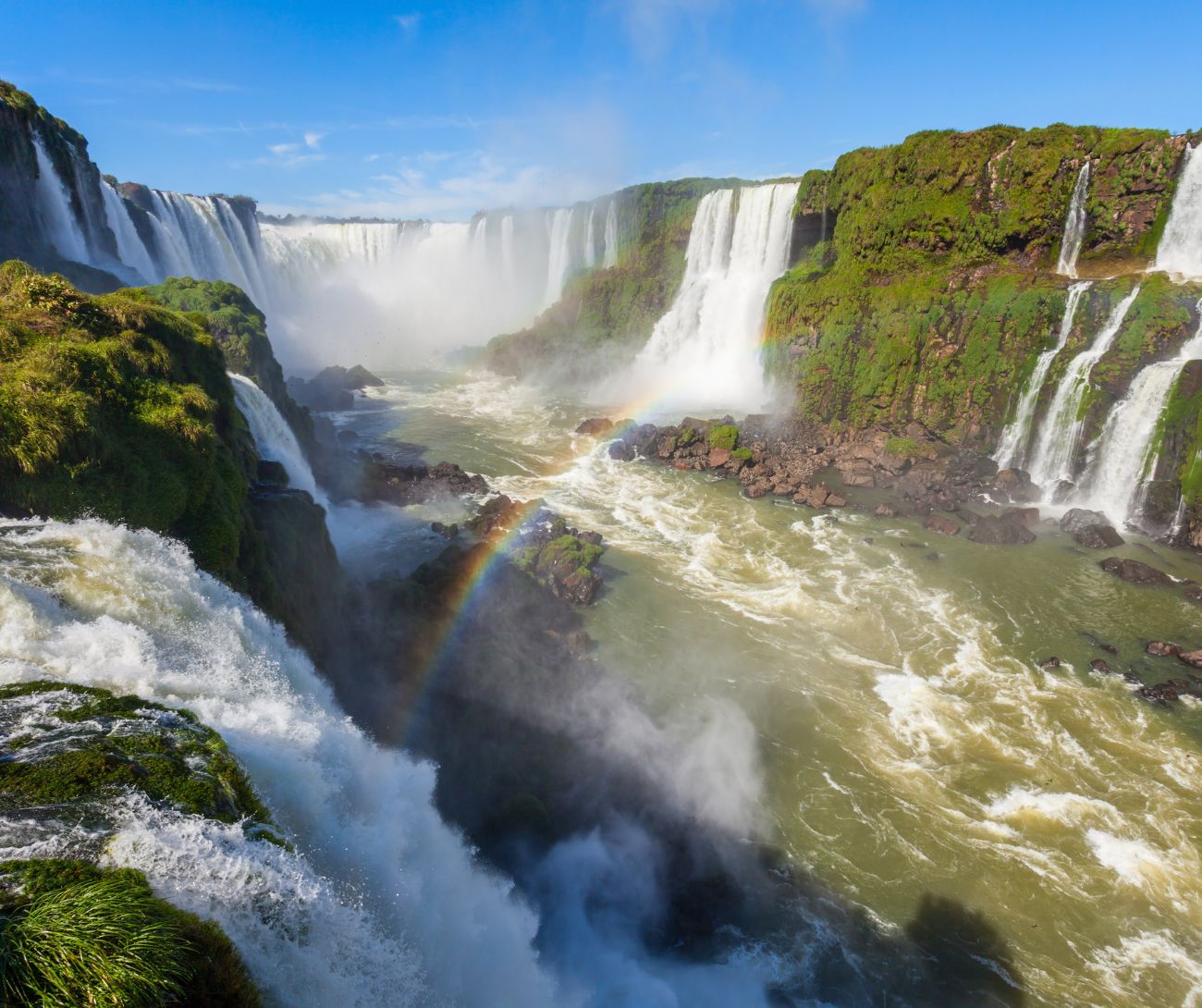The 25 Top Destinations to Visit in 2025: A Journey Through Regenerative Tourism
As travelers grow more conscious of their environmental and social impact, the concept of regenerative tourism is revolutionizing the way we explore the world. This paradigm shift reflects a growing desire among travelers to move beyond mere observation or consumption, embracing a more meaningful role as active participants in the well-being of the places they visit and their own. Unlike traditional tourism, which often prioritizes convenience and indulgence, regenerative tourism is rooted in the principles of restoration and renewal. It seeks to give back more than it takes, transforming travel into a collaborative effort to heal and enrich destinations. This approach transcends sustainability, focusing not only on minimizing harm but on leaving a positive, lasting legacy. Through initiatives like supporting local communities, preserving cultural heritage, and regenerating natural ecosystems, regenerative tourism is fostering a new era of mindful and impactful travel. This evolving mindset is reshaping the tourism industry, inspiring businesses, governments, and travelers alike to adopt practices that prioritize long-term environmental and social resilience. From community-driven projects to innovations in eco-friendly hospitality, regenerative tourism offers a blueprint for how travel can become a force for good. In this era of change, every journey has the potential to inspire growth—not just for travelers, but for the world they explore.

In 2025, the most sought-after destinations offer not only breathtaking landscapes and vibrant cultures but also meaningful experiences that benefit both people and the planet. From eco-lodges nestled in pristine forests to urban centers reimagining sustainability, these 25 destinations epitomize how tourism can evolve into a force for good.
"Luxury has the power to transform. Luxury hotels are in a unique position to generate a positive impact on communities and destinations while increasing their brand value and profits - Hector De Castro, Chairman of Regenera Luxury”
Let’s explore these top destinations, where regenerative travel principles shine brightly.
1. Asturias, Spain
Known as Spain's "Natural Paradise," Asturias exemplifies regenerative tourism through its commitment to biodiversity preservation and sustainable farming. The region’s national parks and biosphere reserves are models of ecosystem conservation, while its local food culture supports organic agriculture and traditional methods. Visitors can engage in agro-tourism, participate in coastal cleanups, and enjoy Asturias’ authentic, eco-conscious hospitality.
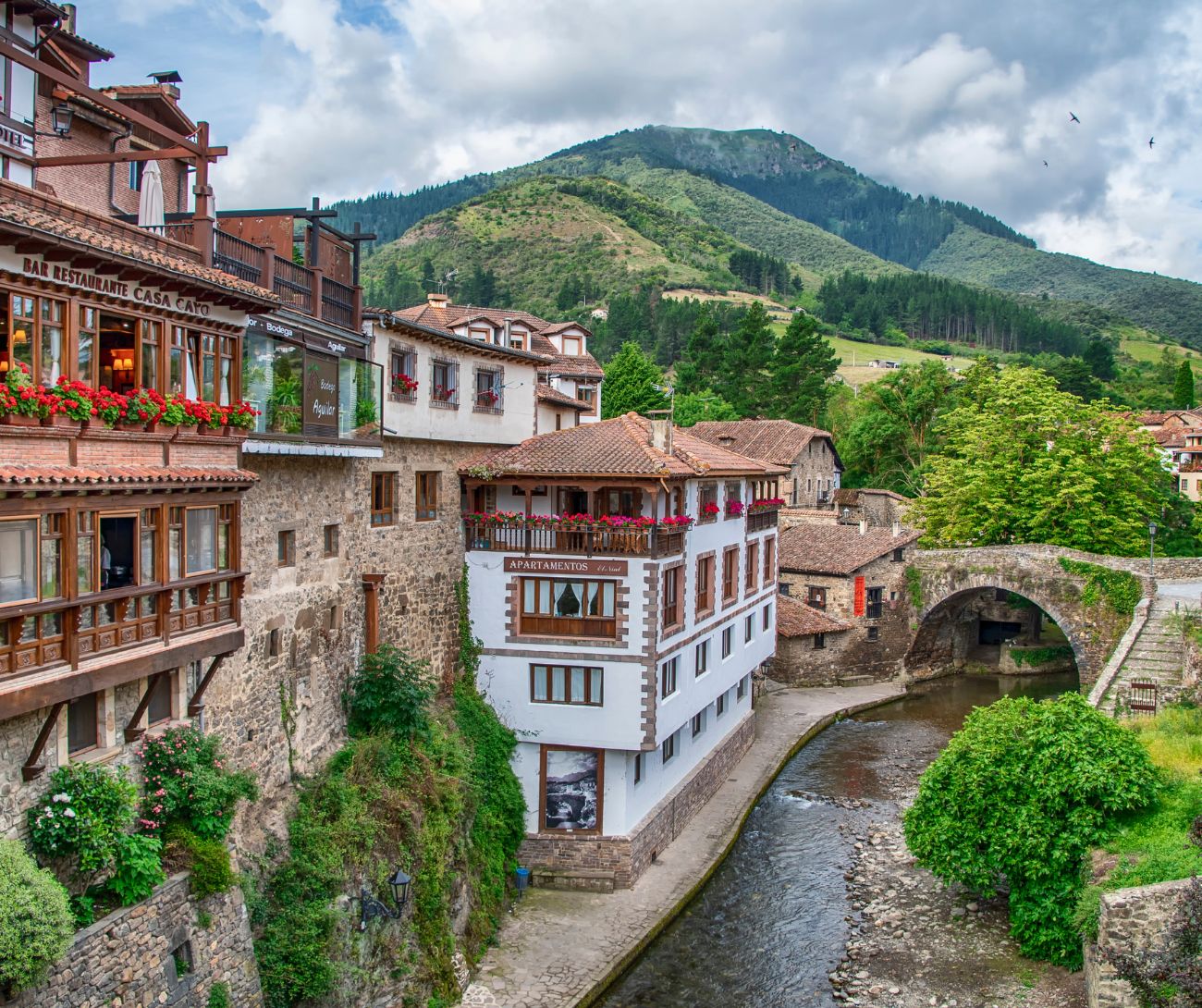
2. Glacier Bay National Park, Alaska, USA
Celebrating its 100th anniversary in 2025, Glacier Bay leads regenerative tourism through conservation programs that restore native species and educate visitors on the impacts of climate change. Centennial events will spotlight these initiatives.
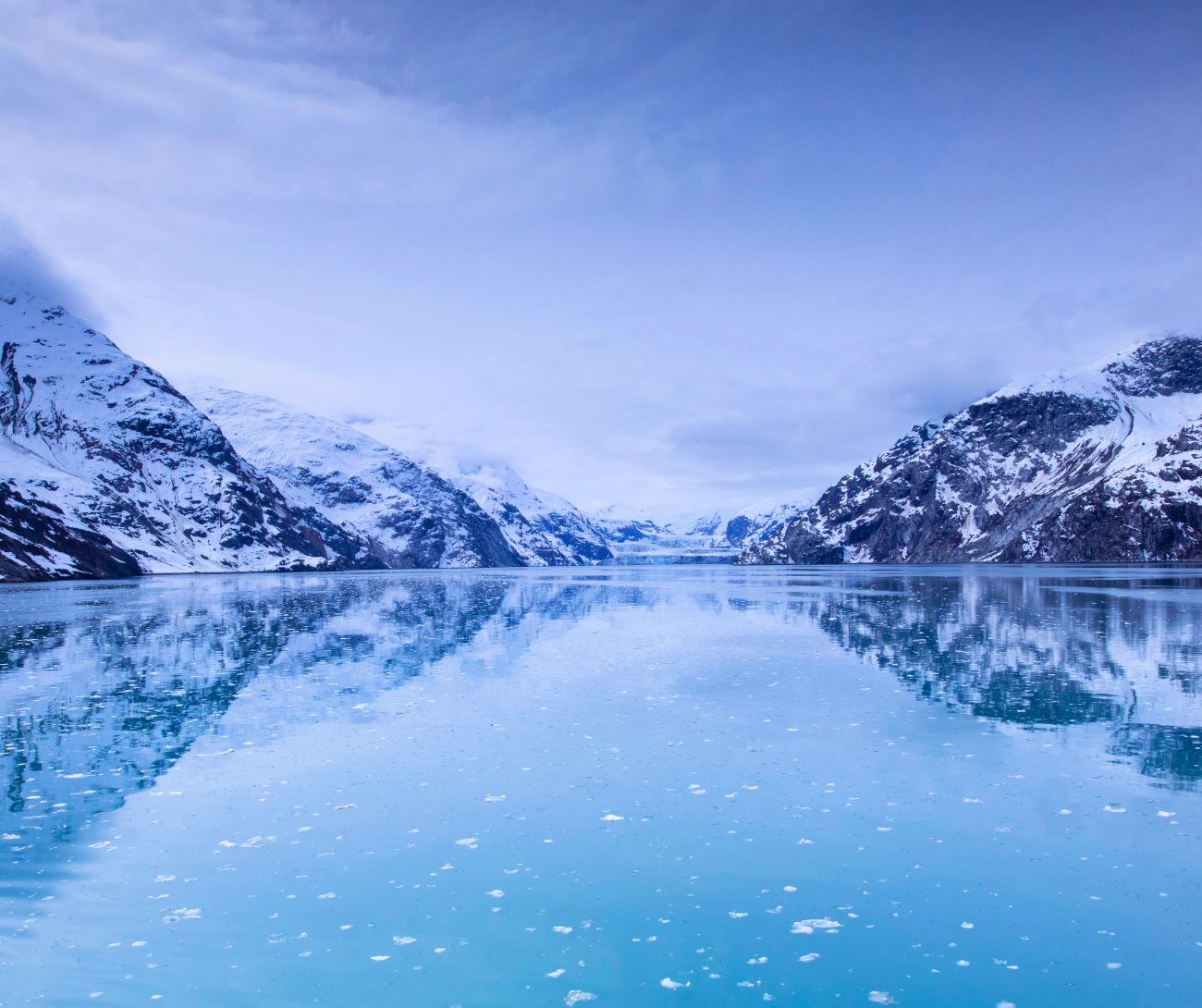
3. San Juan, Puerto Rico
San Juan’s culinary revitalization supports local farmers and sustainable seafood practices, while efforts to rebuild after recent hurricanes emphasize eco-conscious urban planning and cultural preservation.
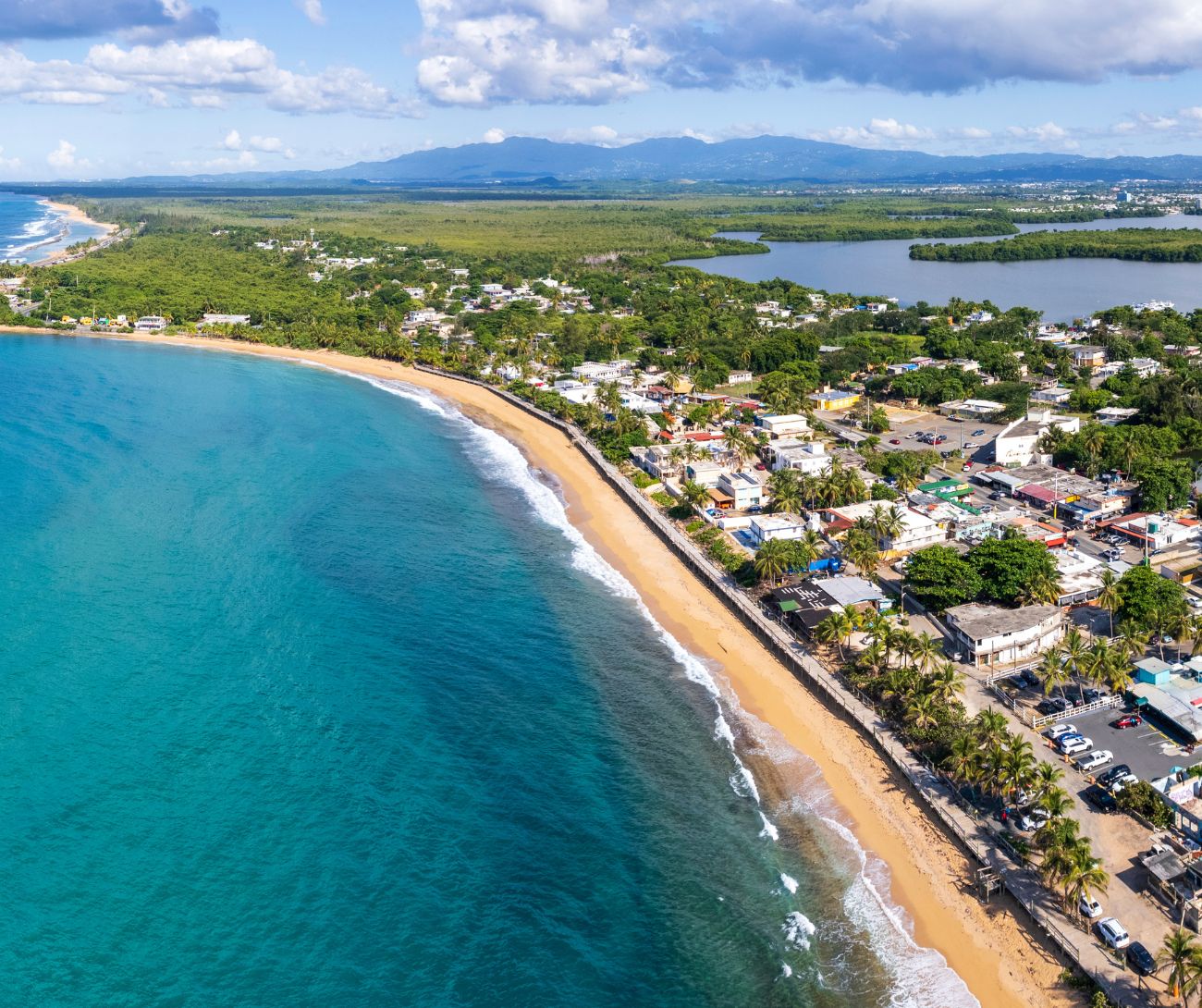
4. Paris, France
Paris exemplifies regenerative urban tourism by advancing sustainable infrastructure, including expanded cycling networks and green energy projects. Initiatives to preserve its iconic heritage sites while reducing carbon emissions are key to its allure.

5. Reykjavik, Iceland
Reykjavik is at the forefront of regenerative tourism, leveraging its geothermal energy to create a carbon-neutral urban experience. Visitors can participate in reforestation projects and learn about Iceland’s innovative approaches to protecting fragile ecosystems, including efforts to restore wetlands and combat soil erosion. The city also champions cultural regeneration by supporting local artists and preserving Icelandic traditions.
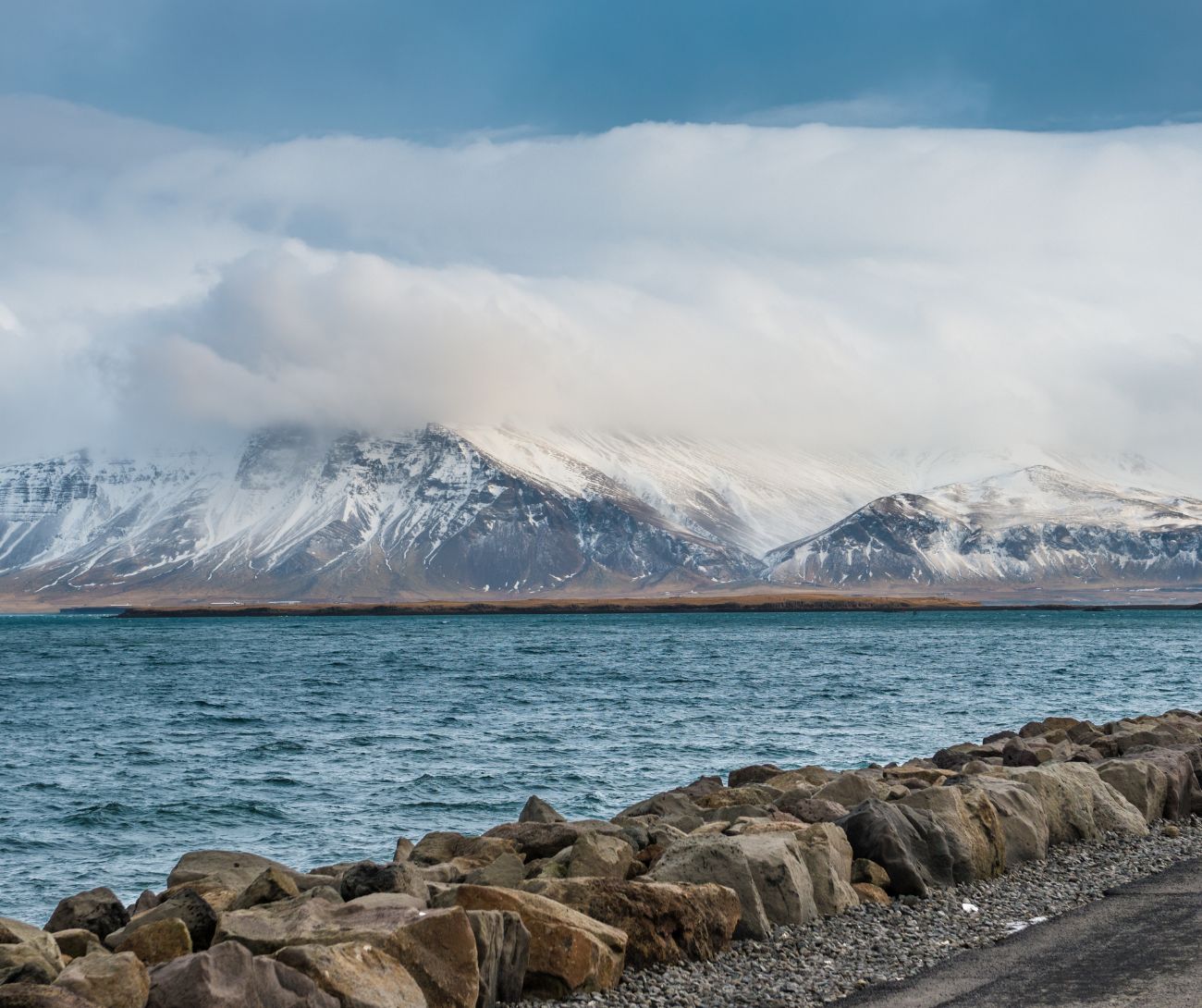

6. Rome, Italy
Rome’s investments in green public spaces, renewable energy, and adaptive reuse of historical sites are bridging its ancient legacy with modern regenerative principles.
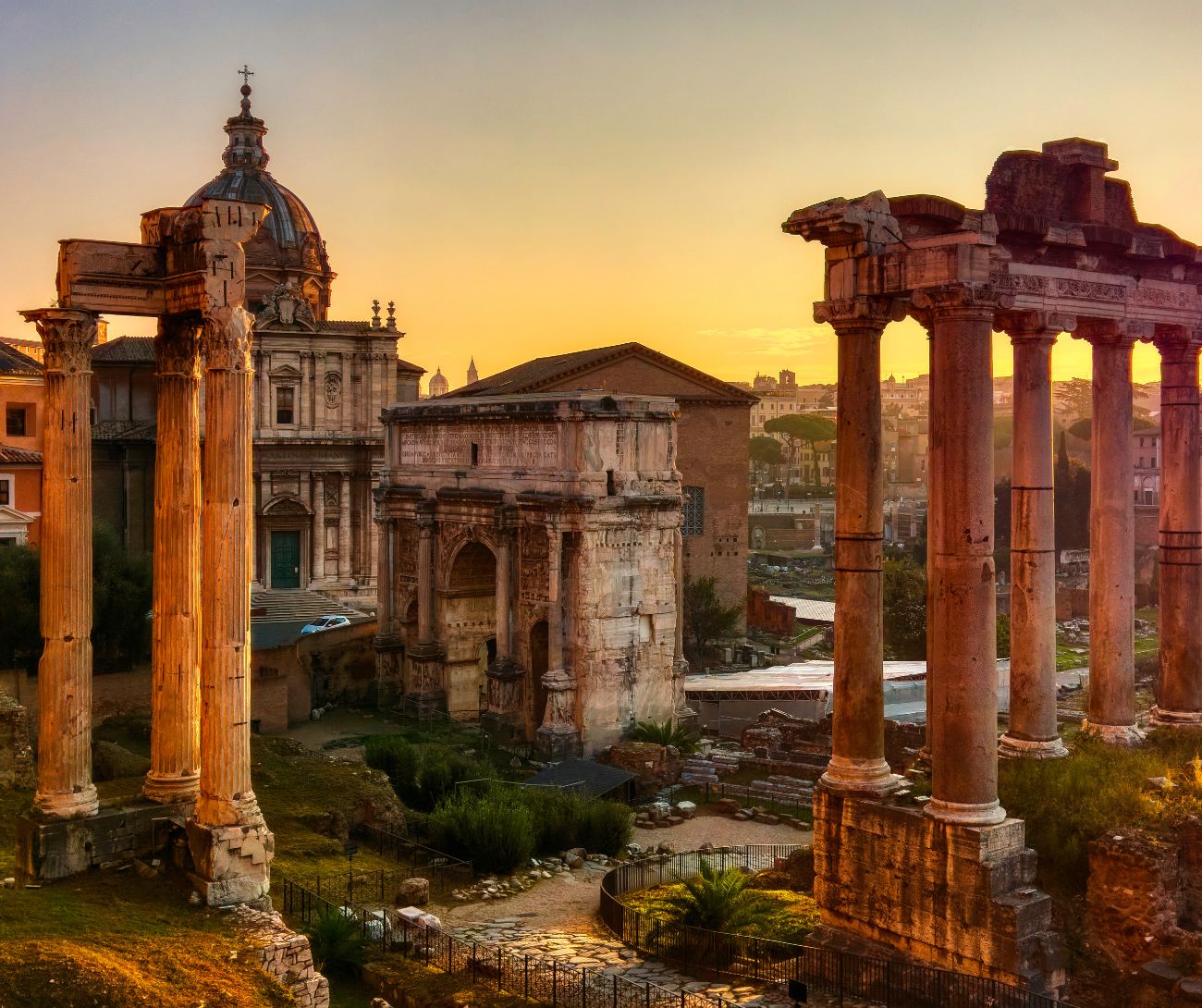
7. New Orleans, Louisiana, USA
Known for its resilience, New Orleans is leveraging regenerative tourism to restore its wetlands, protect against climate risks, and celebrate its diverse cultural heritage through inclusive events and local businesses.

8. Lithuania
This Baltic nation is advancing agro-tourism and eco-tourism projects that restore traditional farming practices while rejuvenating its vast forests and wetlands, making it a model for nature-centric travel.
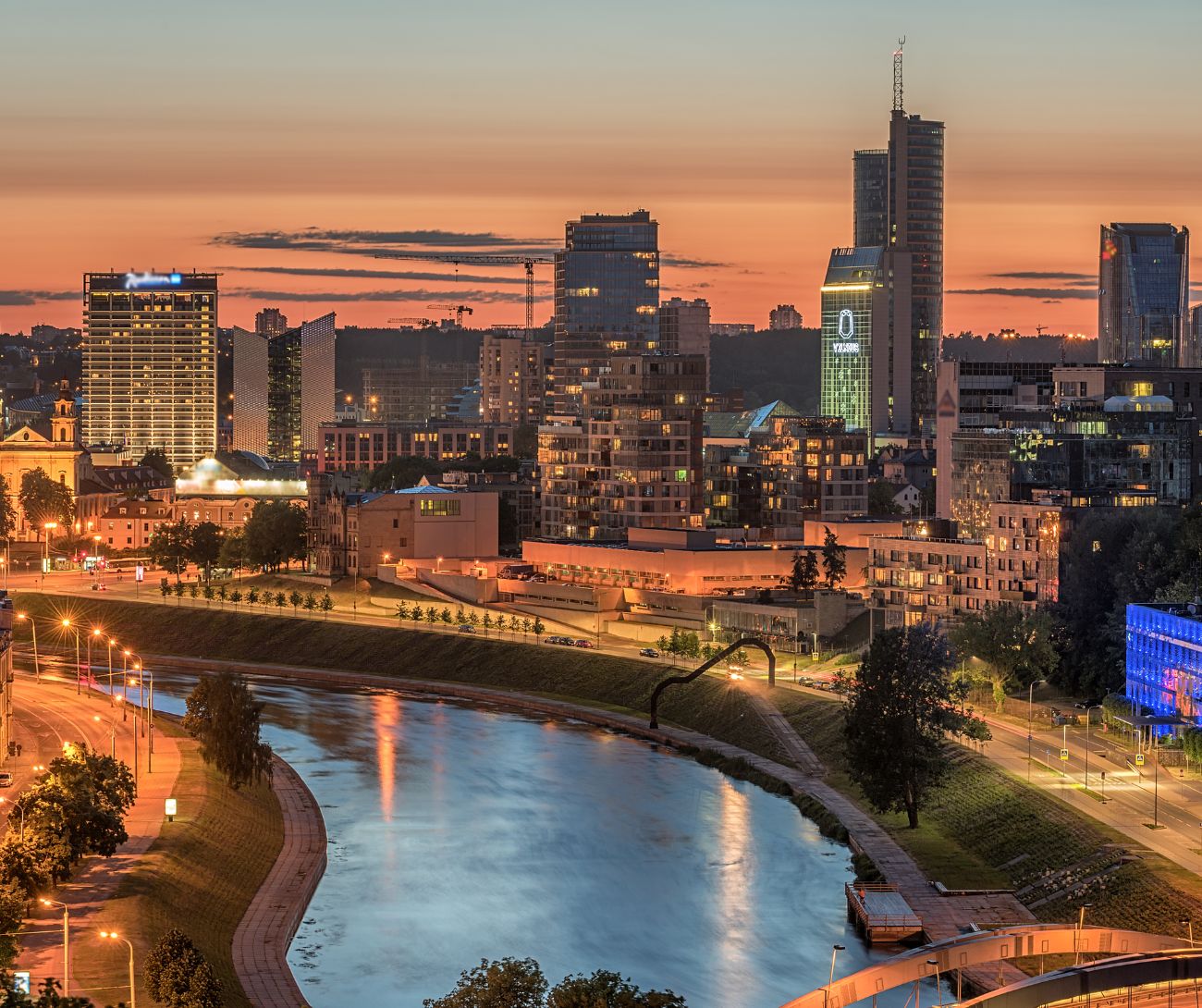
9. Fiji
Fiji’s community-led marine conservation initiatives protect its coral reefs, while eco-resorts actively reinvest in local communities, creating a sustainable blueprint for island tourism.

10. Laos
Laos is fostering regenerative tourism through cultural preservation, including supporting artisan villages and funding the protection of its rich biodiversity in Mekong River habitats.
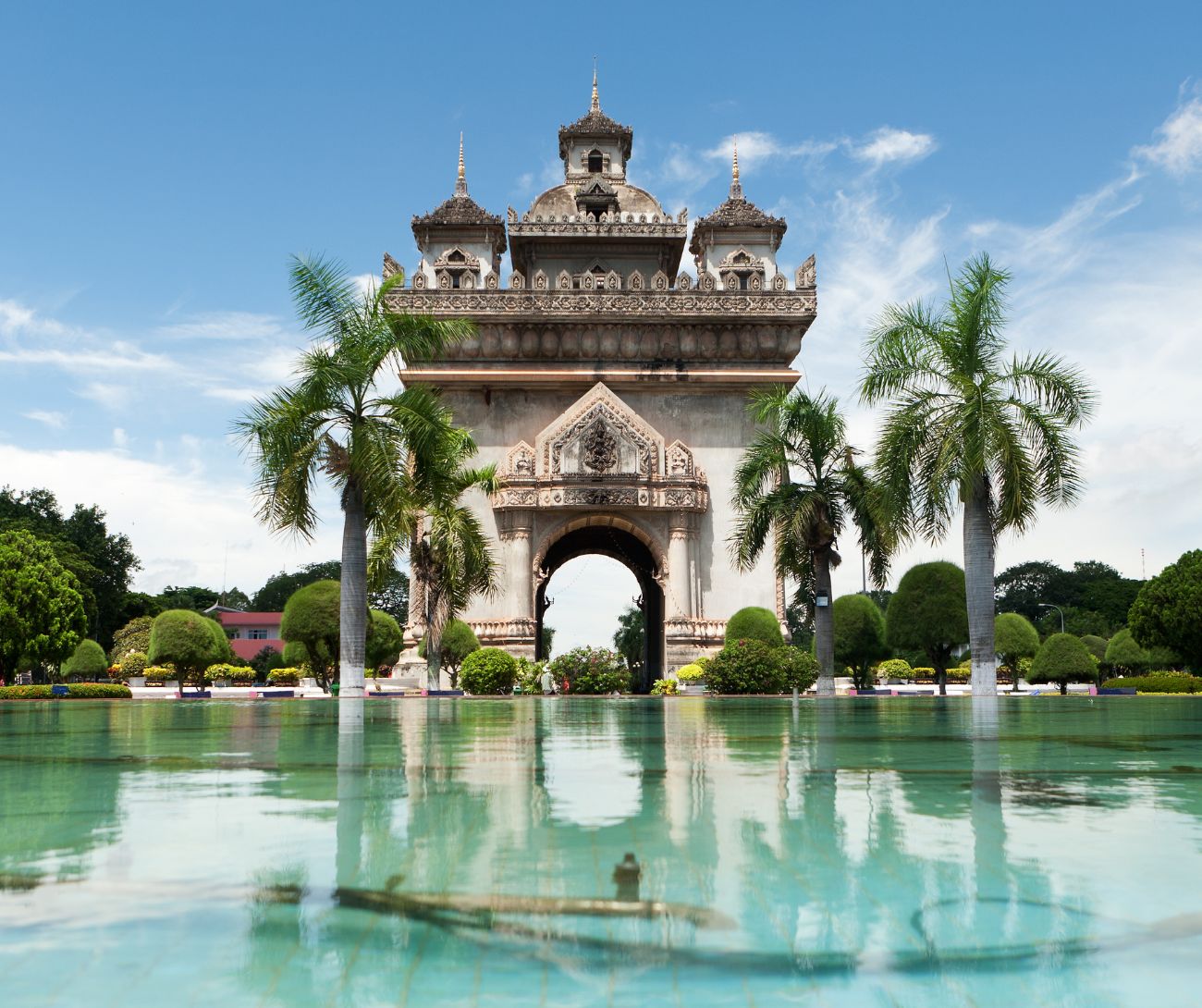
11. Kazakhstan
Kazakhstan’s investments in preserving steppe ecosystems and promoting eco-tourism in national parks are bolstering its unique landscapes and cultural heritage.
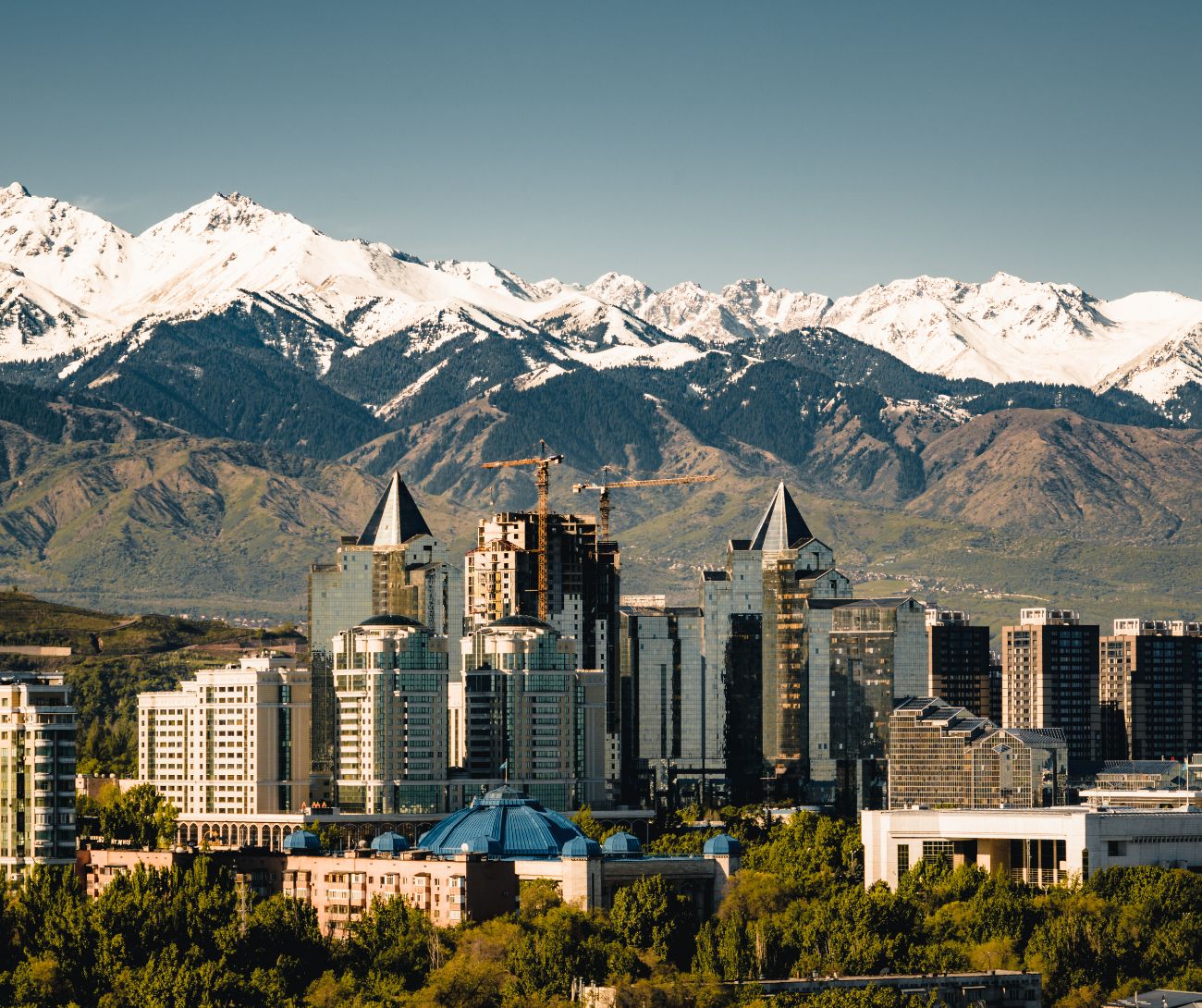
12. Paraguay
Paraguay’s lesser-known destinations are embracing regenerative tourism by celebrating indigenous traditions, restoring its rainforests, and promoting eco-friendly craft industries.

13. Trinidad & Tobago
Efforts to conserve its coral reefs and mangroves, coupled with vibrant cultural festivals that fund community initiatives, position Trinidad & Tobago as a regenerative travel gem.
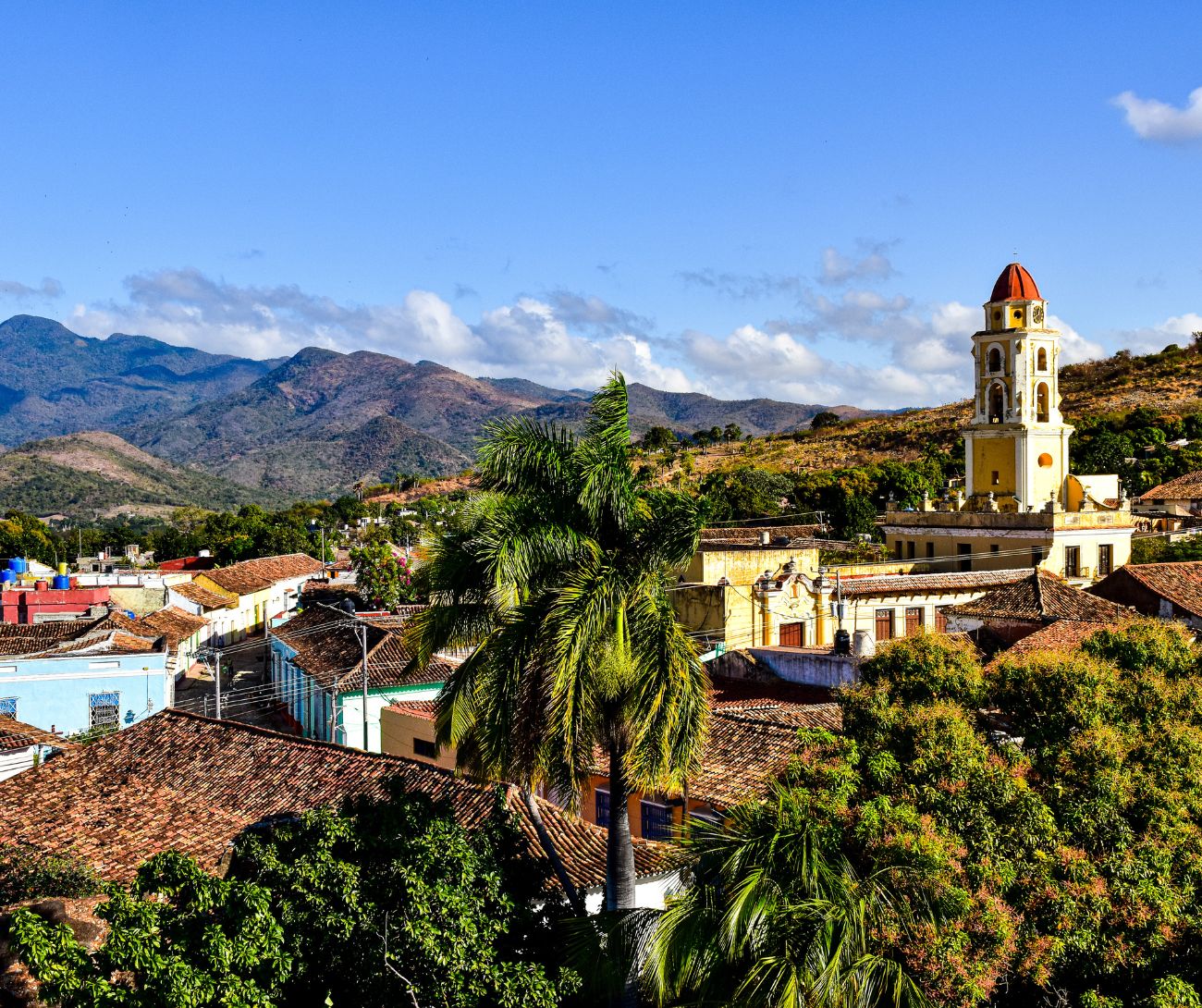
14. Vanuatu
This Pacific island nation leads in climate adaptation tourism, inviting travelers to witness and support its efforts to rebuild coastal areas and promote traditional knowledge systems.
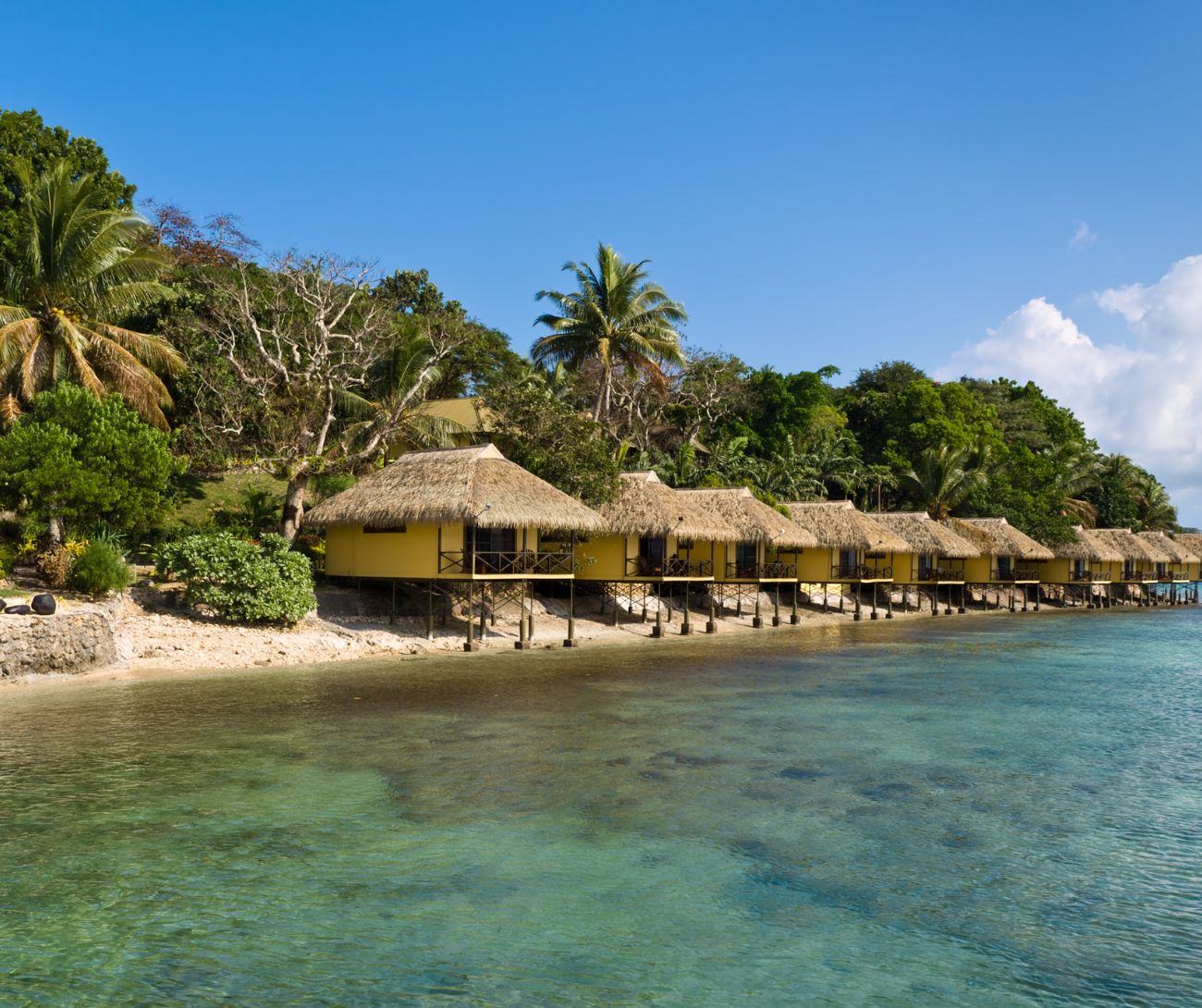
15. Boone, North Carolina, USA
Boone’s outdoor adventures now incorporate conservation-focused activities, fostering connections between visitors and the Blue Ridge Mountains’ unique ecosystems.
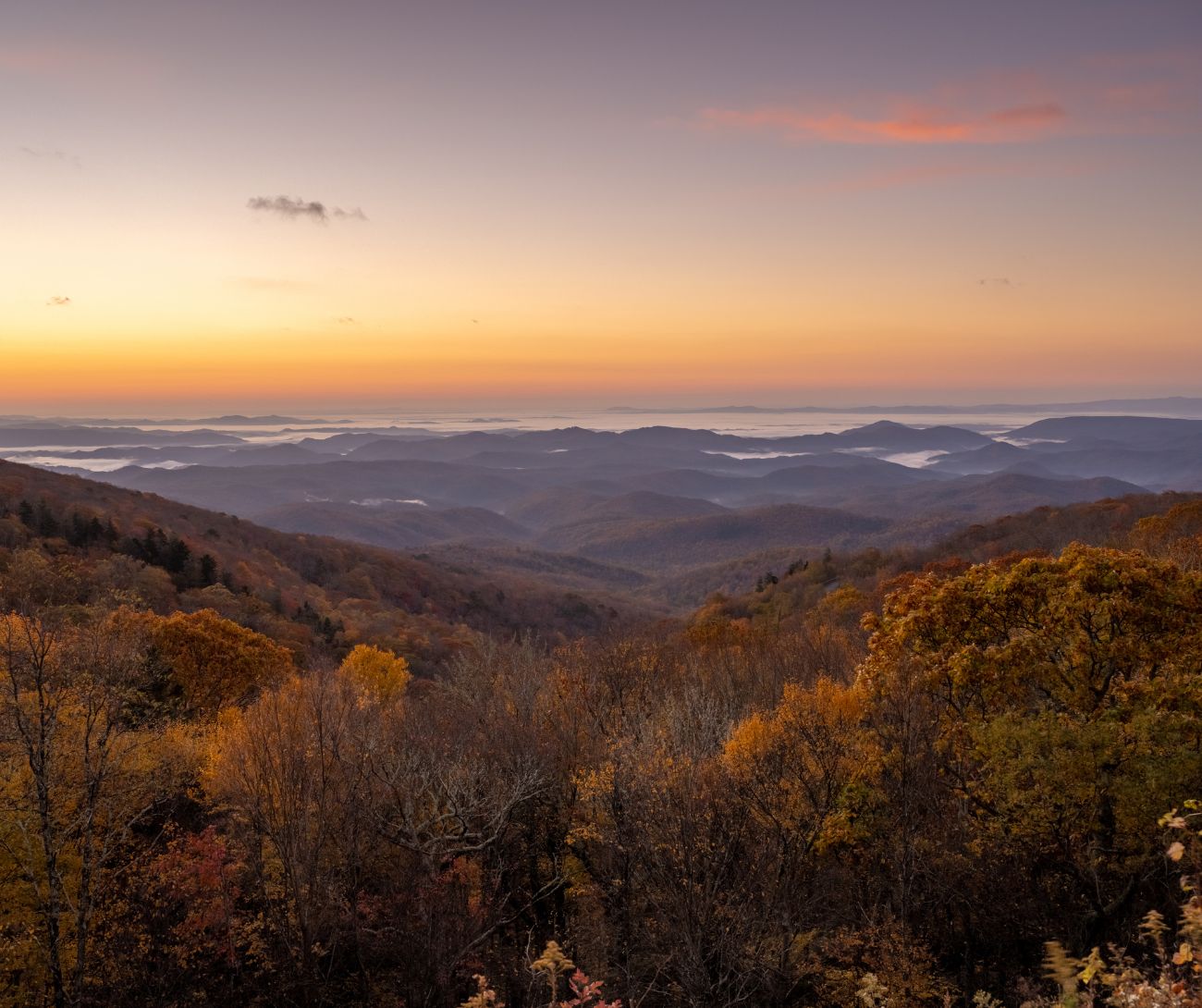
16. Guyana
As a global leader in carbon offsetting, Guyana offers immersive eco-tours in pristine rainforests while championing indigenous stewardship of natural resources.
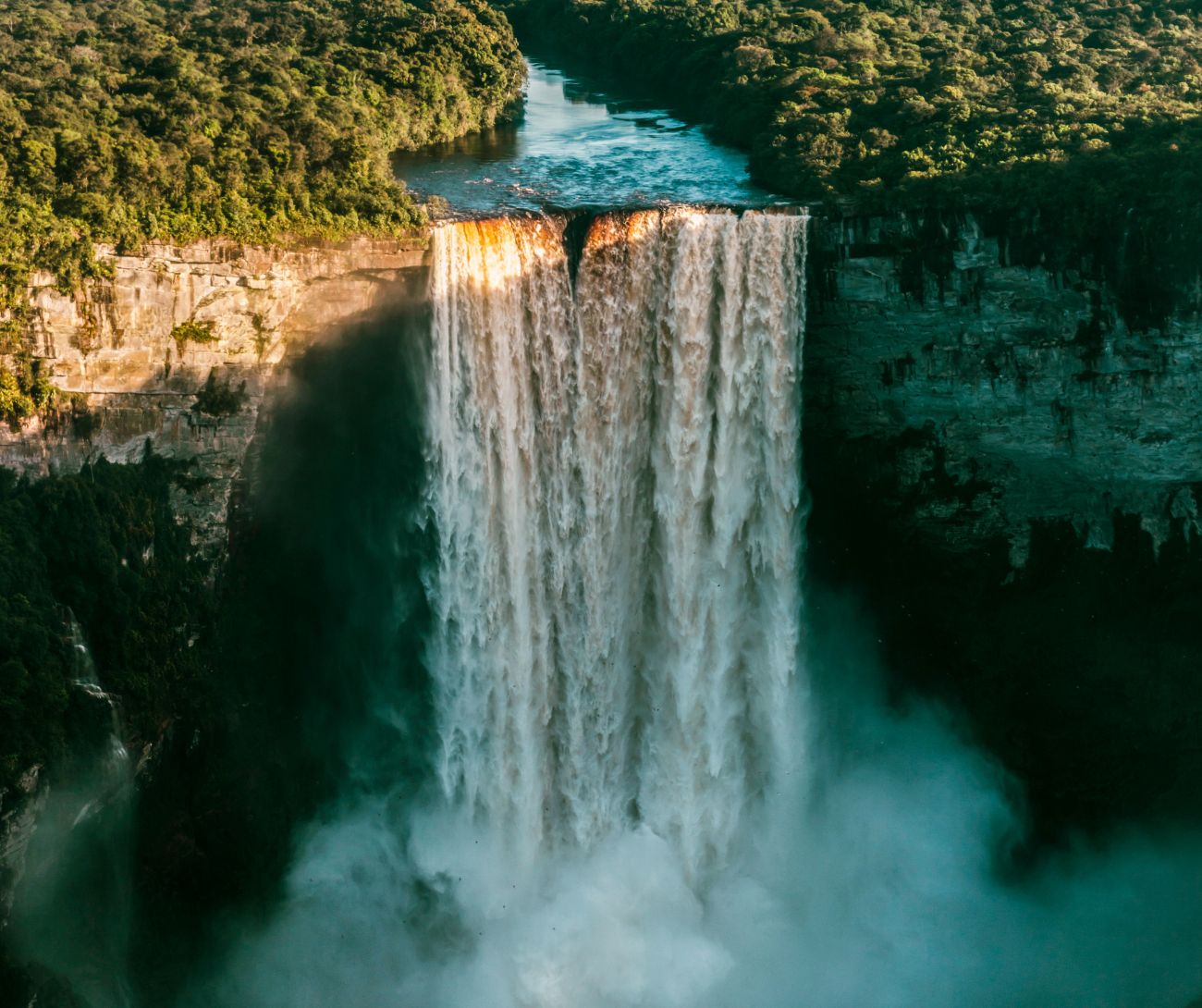
17. Sumba, Indonesia
Sumba’s regenerative tourism includes sustainable lodging, reforestation projects, and cultural preservation efforts, offering a holistic approach to sustainable island living.
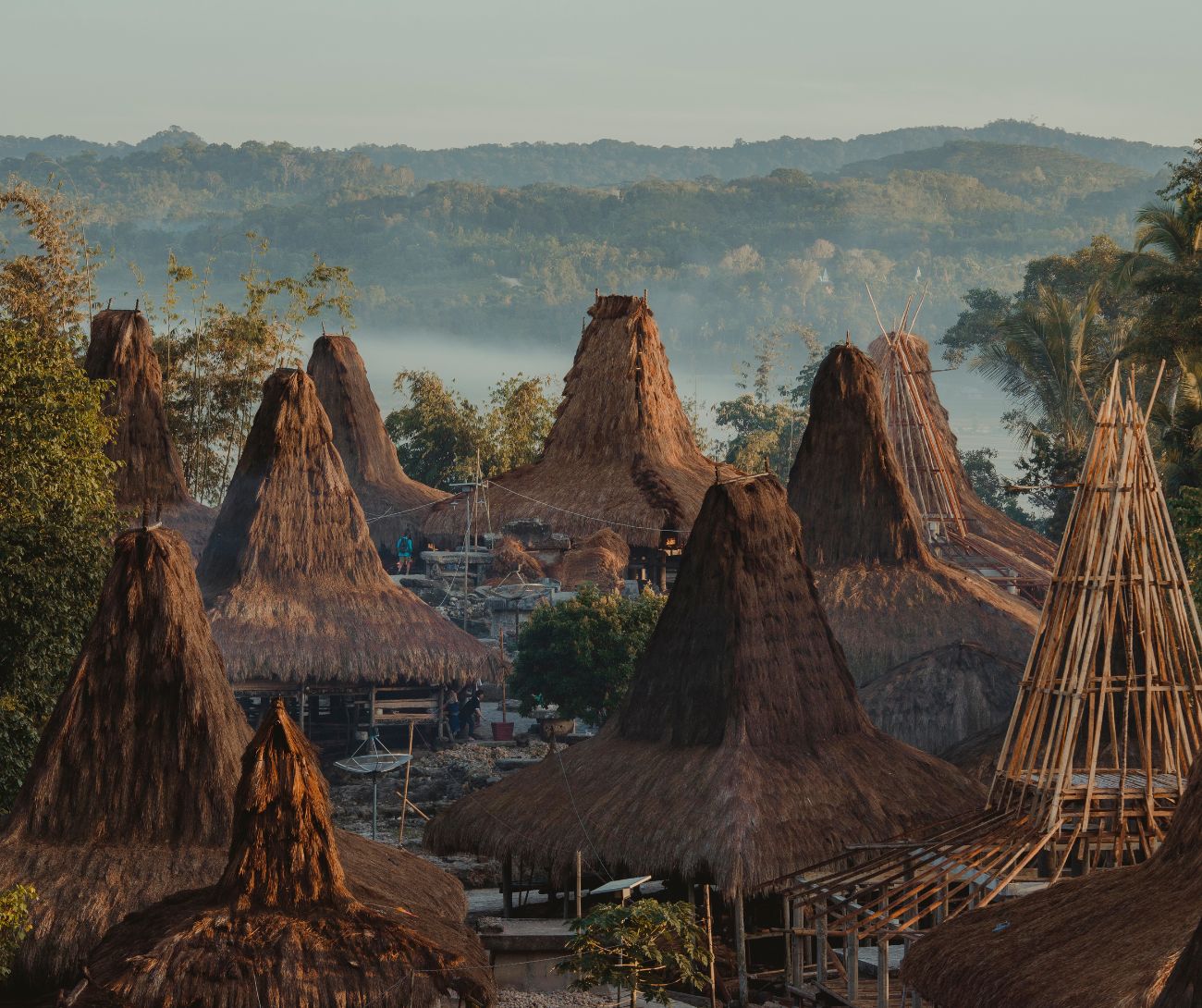
18. Western Australia
New Aboriginal-led experiences allow visitors to engage deeply with one of the world’s oldest cultures, while conservation projects rejuvenate its unique biodiversity.
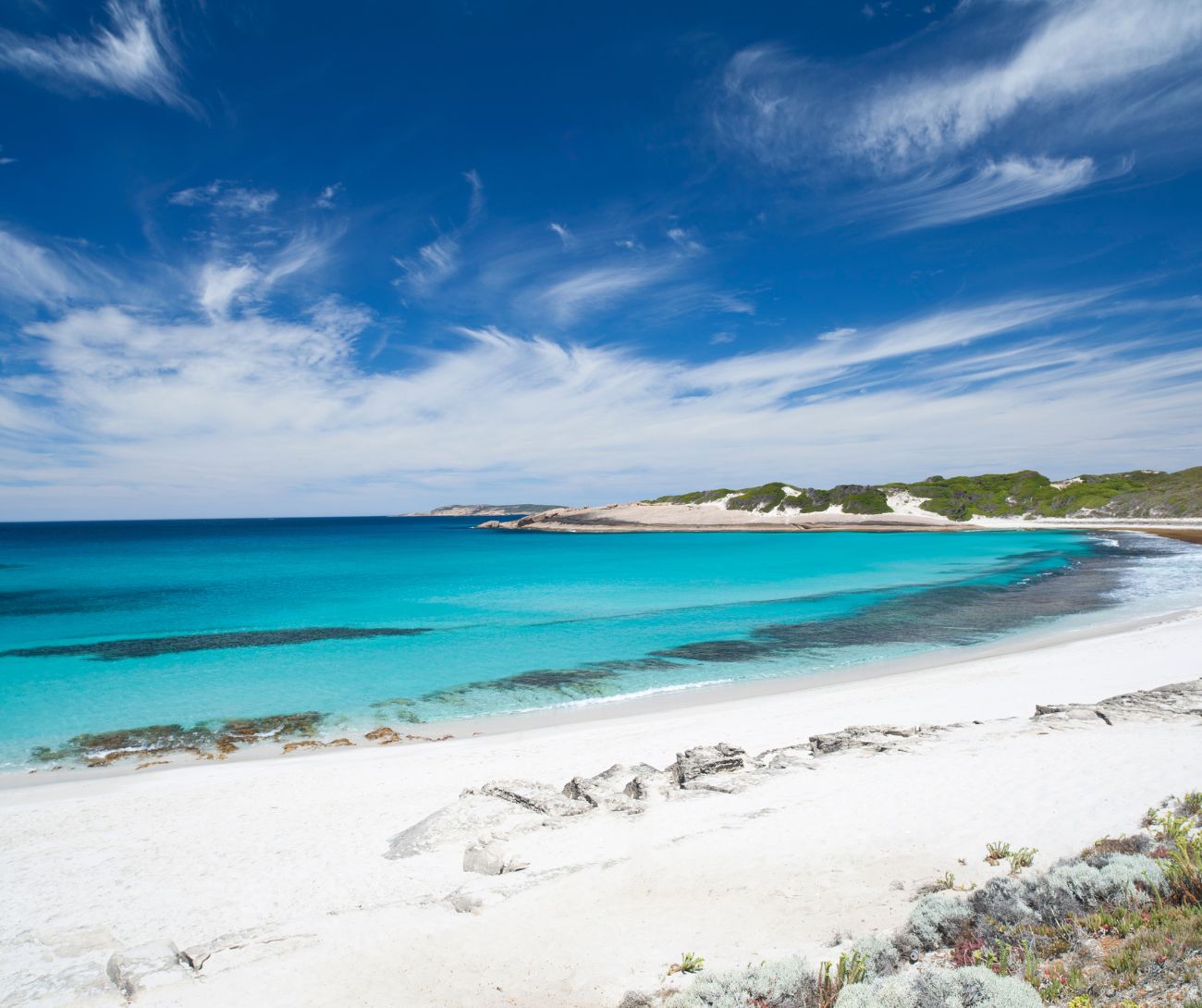
19. Wild Coast, South Africa
Known for its rugged beauty, this region emphasizes marine conservation, sustainable agriculture, and cultural preservation through community-led tourism initiatives.

20. Antigua, Guatemala
Antigua’s UNESCO status comes with initiatives to protect its colonial architecture while supporting local artisans and environmentally friendly urban planning.
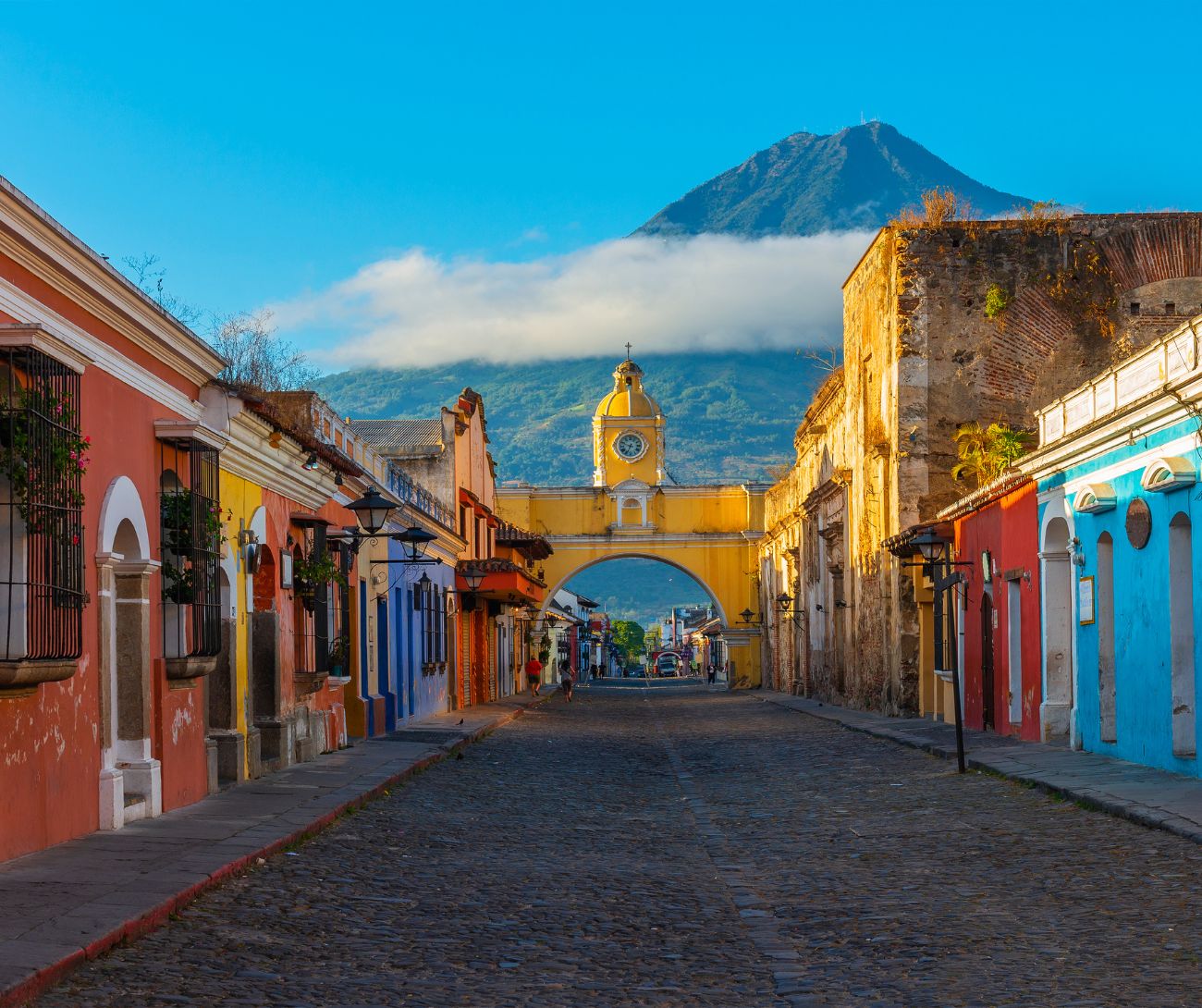
21. Ocala National Forest, Florida, USA
Ocala’s eco-tourism programs promote education about its unique ecosystems while restoring habitats for endangered species.
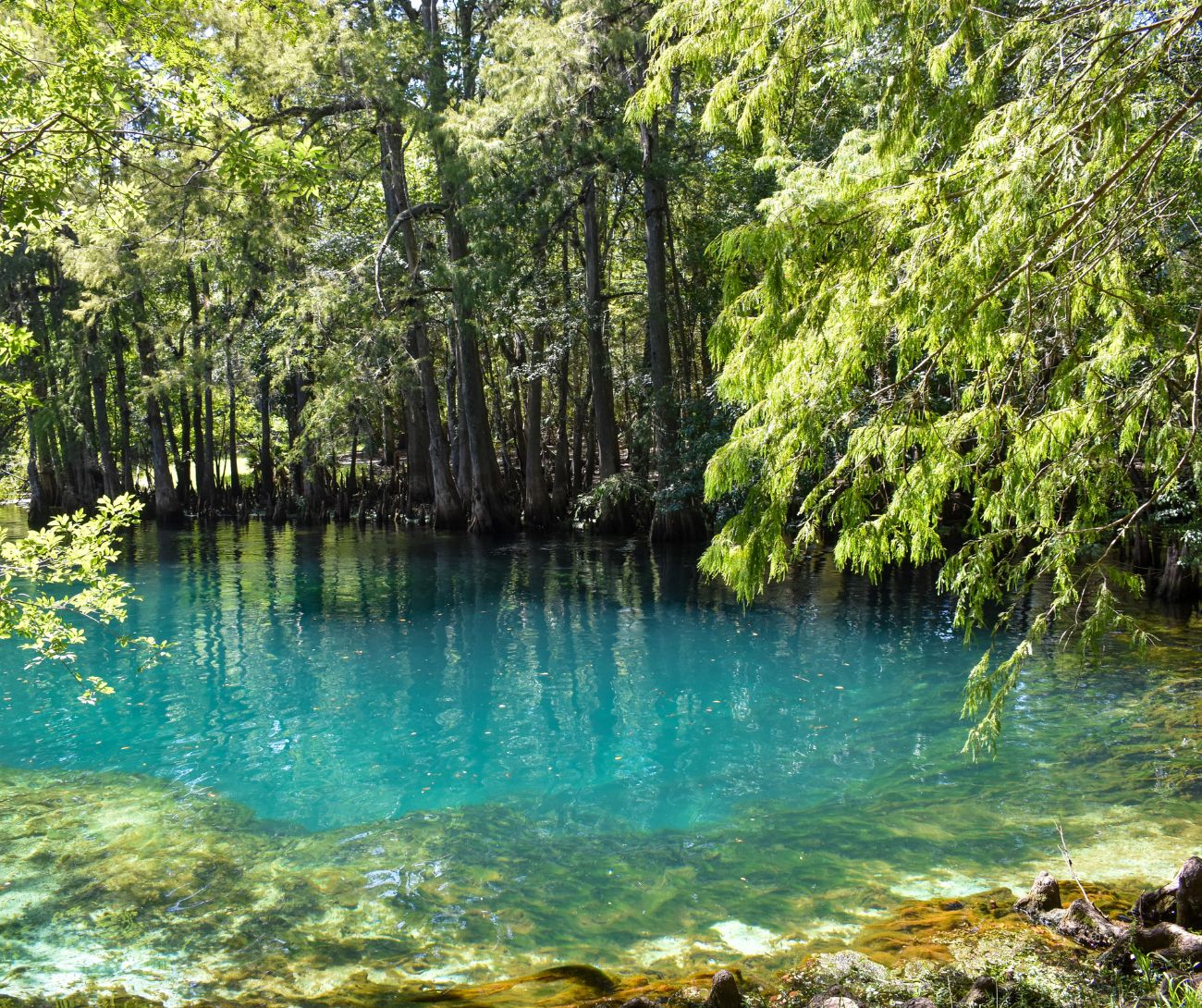
22. Raja Ampat, Indonesia
This biodiversity hotspot thrives on regenerative tourism, with marine conservation projects directly funded by sustainable diving and snorkeling tours.
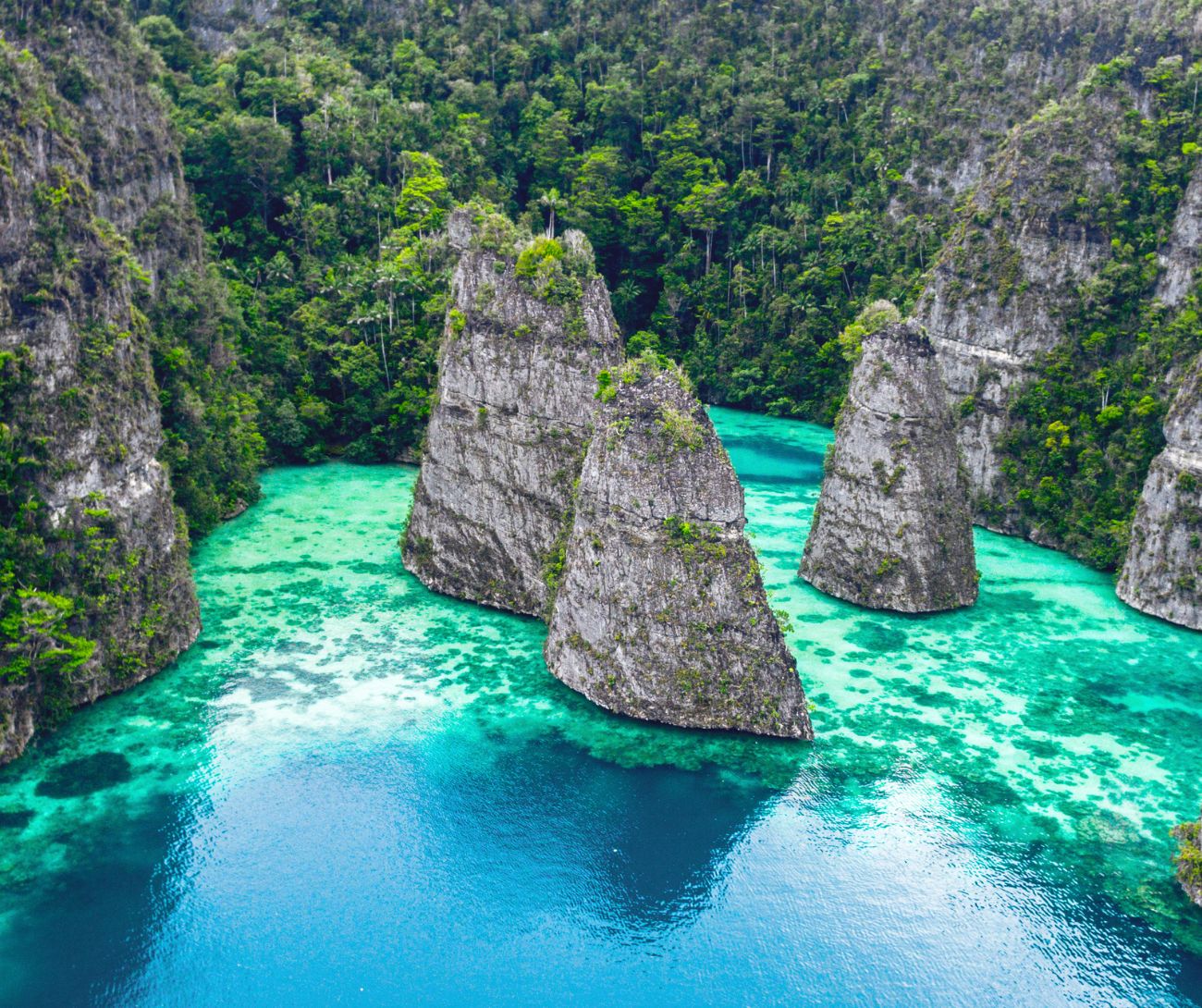
23. Machu Picchu, Peru
As part of ongoing efforts to protect this ancient Incan citadel, Peru has implemented visitor caps and advanced booking systems to minimize footfall. Community-driven tourism projects in nearby villages empower locals while protecting the fragile Andean ecosystem.
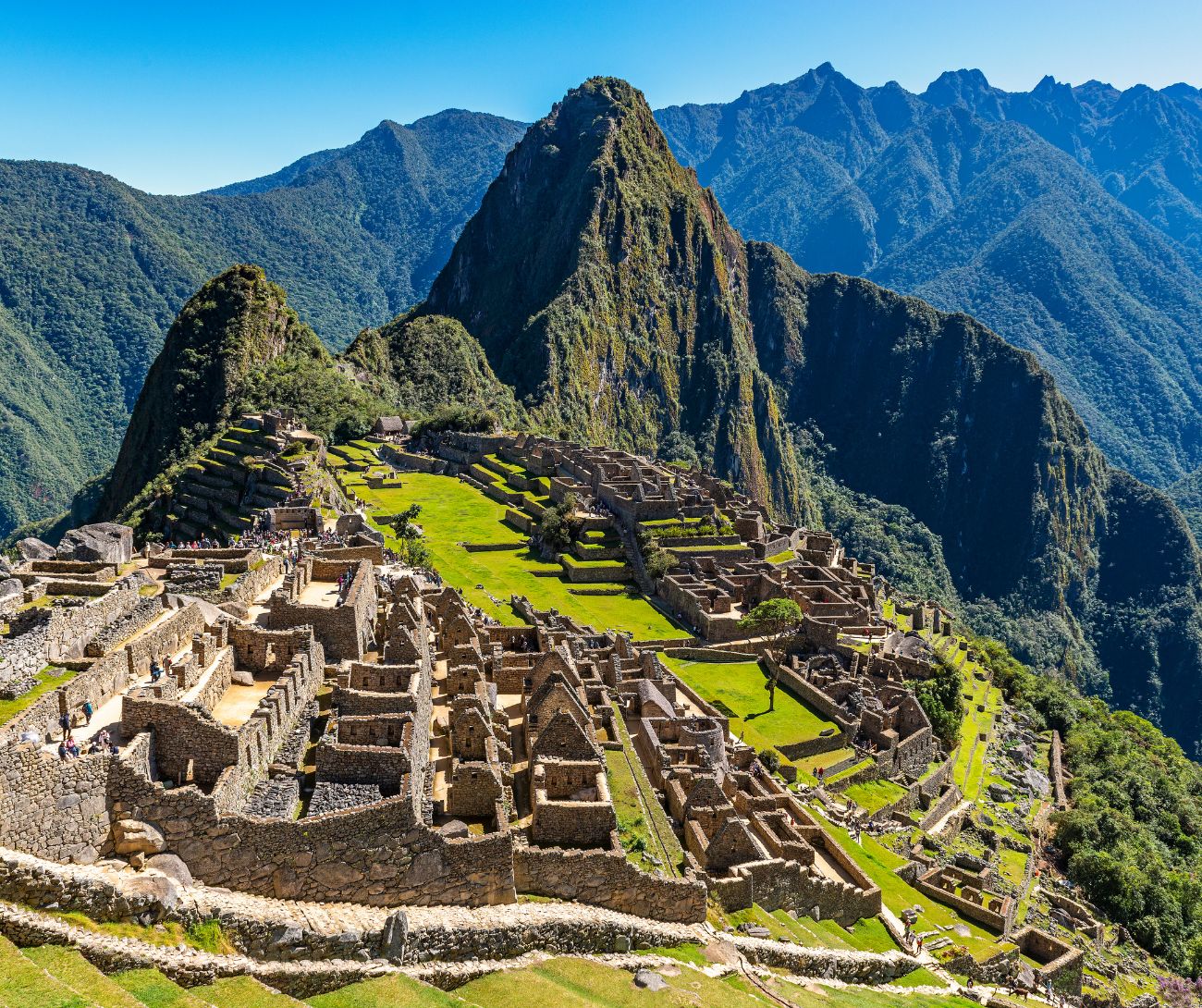
24. Swiss Alps, Switzerland
The Swiss Alps lead in carbon-neutral tourism, with eco-friendly ski resorts, green energy-powered transportation, and rewilding projects enhancing alpine biodiversity.

25. Bora Bora, French Polynesia
Bora Bora’s eco-luxury resorts integrate renewable energy and reef restoration programs, ensuring this paradise remains pristine for generations to come.
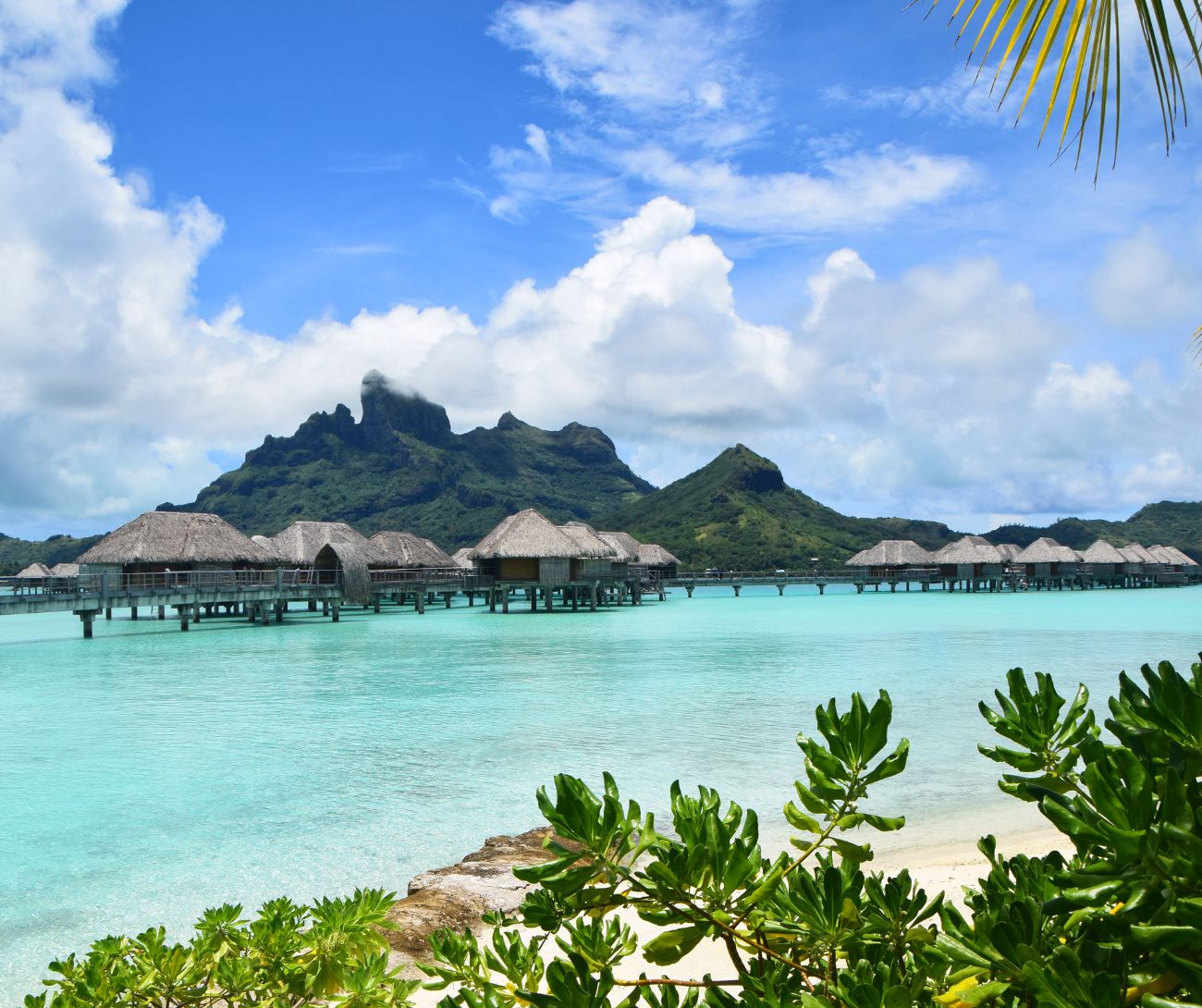
As we look ahead to 2025, the destinations highlighted in this article represent a transformative shift in how we approach travel. Regenerative tourism is not just a trend but a movement that redefines the relationship between travelers and the places they visit. By focusing on restoration, preservation, and meaningful engagement, these destinations showcase the profound impact that mindful tourism can have on local communities, cultural heritage, and fragile ecosystems. Travelers now have the opportunity to be part of something greater—to contribute to the well-being of the planet while creating unforgettable memories. Whether it’s exploring pristine rainforests, immersing in ancient traditions, or supporting local artisans, every journey can leave a positive legacy. As the tourism industry continues to evolve, these destinations inspire us to reimagine travel as a force for good, ensuring that the wonders of the world endure for generations to come.
